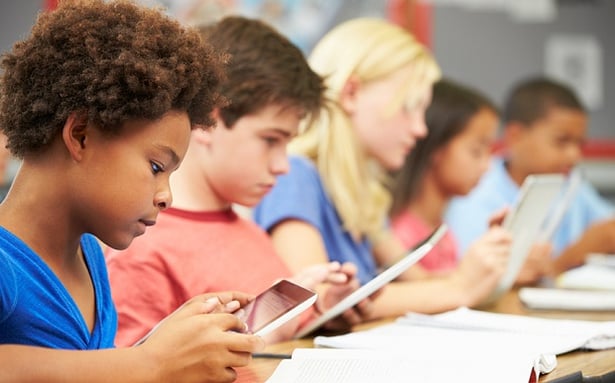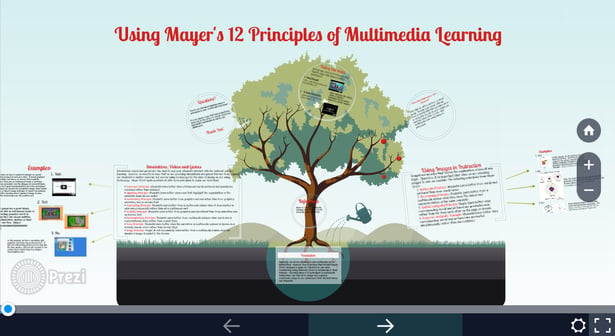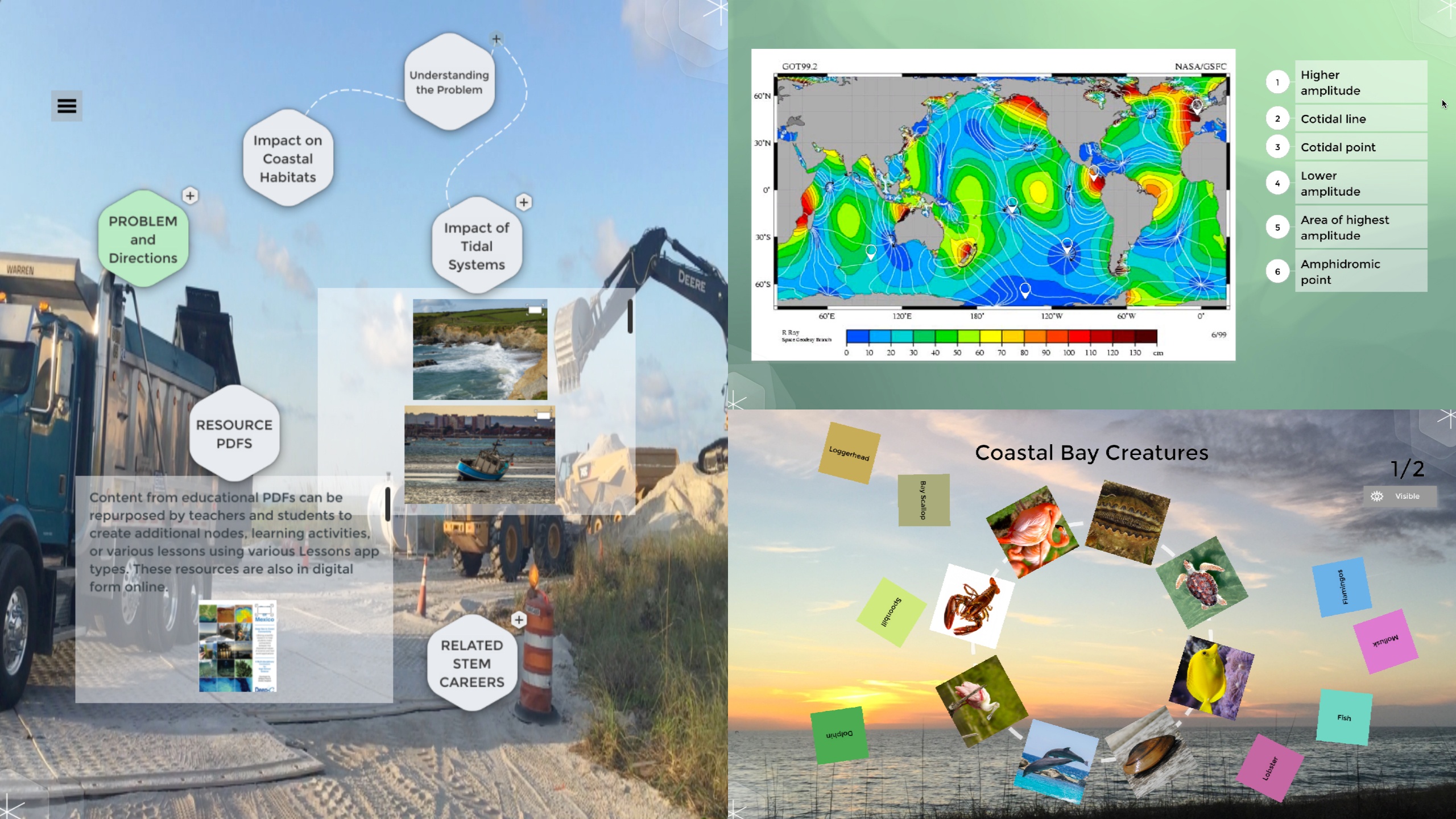According to Education Week, there is a significant shift from printed textbooks to digital teaching and learning tools in today’s schools. Although text-based learning activities continue to play an important role in the teaching-learning process, their role has changed as teachers and students have increased access to educational multimedia content.
Teachers and students in many schools now have access to tools to create their own multimedia content and remix it in appealing and engaging ways.

So what does multimedia learning look like in a classroom?
The first thing you’ll see is that students have access to learning content across many mediums. Instead of a film projector or VCR connected to a television, you’ll see a large interactive display, connected to the Internet, and a variety of digital screens of all sizes within close reach of students. Some classrooms have iPads or tablets that are loaded with interactive learning games.
Depending on the subject matter, students might all be working towards the same broader learning goals and objectives, but in different ways, with or without technology. A student might read a textbook or a chapter in a book, and another might gain the same knowledge through listening to an audio book. Some students might access multimedia content through interactive e-books or an online interactive learning game or 3D simulations. Others might be busy watching content-rich educational video clips. Many students will be interacting with multimedia content with a peer or in a small group.
What do teachers need to know about multimedia learning?
Designing multimedia learning experiences for students is more than selecting a specific educational software package or signing up for an online subscription from an educational content website. Your school district may have carefully vetted what you use, but it is your job to orchestrate the implementation, not always an easy task. In order to take the technology and digital resources to the next level, it is important to explore how multimedia teaching and learning works.
A good place to start is with Richard E. Mayer’s principles of multimedia learning. Dr. Mayer is an educational psychologist whose main focus of research applies findings from the learning sciences to the design of instructional media. Over many years, Dr. Mayer developed 12 principles of multimedia learning that have proven to be useful in designing online learning content and presentations. Although his work is directed towards teachers, the principles are also good for students to know, especially those who are involved in creating digitally-based project presentations.
The Prezi linked below provides a great overview of Richard Mayer’s multimedia learning principles:
So what does the future hold for multimedia learning?
In some schools, the future is now.
Multimedia learning now encompasses a much wider range of immersive experiences -- video games for learning, augmented reality, online virtual environments, and virtual reality. Some forward-looking schools, media centers, and even classrooms, have been transformed into immersive interactive learning spaces, where every surface provides access to interactive multimedia content. All of this is the focus of scholarly research, with encouraging findings!
If you want to develop multimedia learning in your school, but you're having a hard time deciding which tech to choose, test the Snowflake MultiTeach® education software now. Download the 14 days free trial!
If you are interested in learning more about multimedia learning, take a look at the reference and links below.
REFERENCES
K-12 Print Needs Persist Despite Digital Growth
Sean Cavanagh, Education Week, April 15, 2015
Using Mayer’s Principles of Multimedia Learning
Deandra Tart, Prezi, November 30, 2013
Mayer and Multimedia Learning
Chris Clark, NspireD2, Kaneb Center, University of Notre Dam
The Benefits of Multimedia Learning Environments in Education
Ted Levine, iPad Educators, Accessed Sept. 1, 2016
Digital Spaces: 12 Best Practices for Multimedia Learning
Michelle Manno, Edutopia 10/21/15
Mayer, R. E. (Ed.) (2014). The Cambridge handbook of multimedia learning. New York: Cambridge University Press.
Gee, J. P. (2013). Good Video Games + Good Learning: Collected Essays on Video Games, Learning and Literacy.

 3-in-1 Mic
3-in-1 Mic





